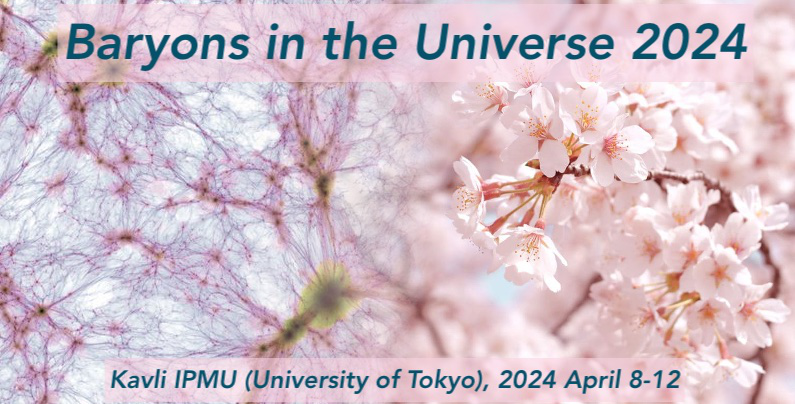Speaker
Description
"Cosmic shear is a powerful tool for revealing matter distribution in the large-scale structure of the universe. Li et al. (2023) and Dalal et al. (2023) measured the tomographic cosmic shear correlation functions and power spectra, respectively, from the HSC-Y3 data, and then constrained the cosmological parameters from the model fitting. Although the small scale data has a high signal-to-noise ratio, accurately modeling matter distribution on these scales is still challenging due to possible contamination from baryonic physics. These baryonic effects have garnered attention as potential contributors to alleviating the S8 tension observed between weak-lensing cosmology and the cosmology inferred from Planck data. Consequently, there is a growing trend to model these baryonic effects based on hydrodynamical simulations and to account for the uncertainty by marginalizing over the associated baryonic physics parameters.
The problem is, however, that there are still uncertainties in the subgrid physics of baryonic effects employed in cosmological hydrodynamical simulations. As an alternative to pursuing an accurate or flexible baryonic physics model, our approach involves assessing the performance of a dark matter (DM)-only model prediction. Due to advancements in cosmological simulations, DM-only model predictions for the large-scale structure are considered an accurate theoretical model, next to the linear theory of structure formation. We measured the correlation functions at scales below the fiducial scale cuts, reaching the scales where large k-modes (k ~ 10 h/Mpc) significantly contribute. Using this data, we evaluate the goodness-of-fit of DM-only model predictions and find that this model can fit the cosmic shear correlation functions measured from the HSC-Y3 data, even at scales below the fiducial scale cuts. The inferred cosmological parameters, especially S8, are not significantly biased compared to those from Li et al. (2023), which marginalize over a baryonic physics parameter and apply scale cuts to discard the scales where baryonic physics could largely affect the signal. From these findings, we conclude that we do not find a clear signature of baryonic effects in the HSC-Y3 cosmic shear data, considering its associated uncertainties."

